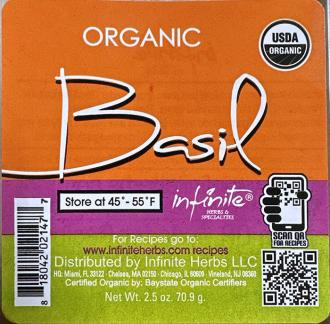The art of baking at home, while not exactly lost, has been on a decline as Americans slowly shifted from eating in to dining out. But with over 90% of the U.S. under some form of stay-at-home order due to the ongoing pandemic, it appears that an increasing number are dusting off old recipes for breads, pastries, cookies and cakes.
As a result, baking staples can be hard to find at grocery stores these days as society finds comfort in carbohydrates. Sales of baking yeast were up 457% over last year for the week ending March 28, according to Nielsen data. Flour was up 155%, baking powder up 178%, butter up 73% and eggs up 48%.
Americans are “home baking more than ever before,” said Kelly Olson, a spokeswoman for Red Star Yeast. The company said the demand spike was unexpected and it’s doing all it can to replenish empty store shelves. “We hope to have availability at retailers back to normal within a few weeks,” Olson said.
Flour makers haven’t been spared in the chaos. Central Milling, with locations in Utah and California, said on its website that “significant” increases in online orders have led to out-of-stock items. Bob’s Red Mill, a Milwaukee, Oregon-based company known for its wide selection of grains and flours, also posted a note to customers on its website describing an “unprecedented” surge in demand.
“People have time on their hands and are trying to save some money.”
Kentucky-based Hopkinsville Milling Co. is packing twice as much flour as normal, according to company president Robert Harper. This is usually a slow time of year for the mill, which sells mostly self-rising wheat-based flour and corn meal. Home bakers tend to slack off as winter turns to spring, but about three weeks ago, the orders started pouring in. “It started to look like Thanksgiving and Xmas all rolled into one,” Harper said. “People have time on their hands and are trying to save some money.”
While restocking of grocery shelves isn’t happening as fast as consumers are buying, there’s no actual shortages—though the global food supply chain is beginning to fray in other areas.
“Here in the U.S., our wheat supplies would be considered abundant at this point,” said Erica Olson, market development and research manager at the North Dakota Wheat Commission. Bare shelves are a logistics problem, not a supply issue. “People were rushing to buy flour they may or may not use, and the mills were not prepared for that,” Olson said. The disconnect between what is produced in American fields and what ends up in the baking aisle is a temporary blip, she said. Read more at TIME















